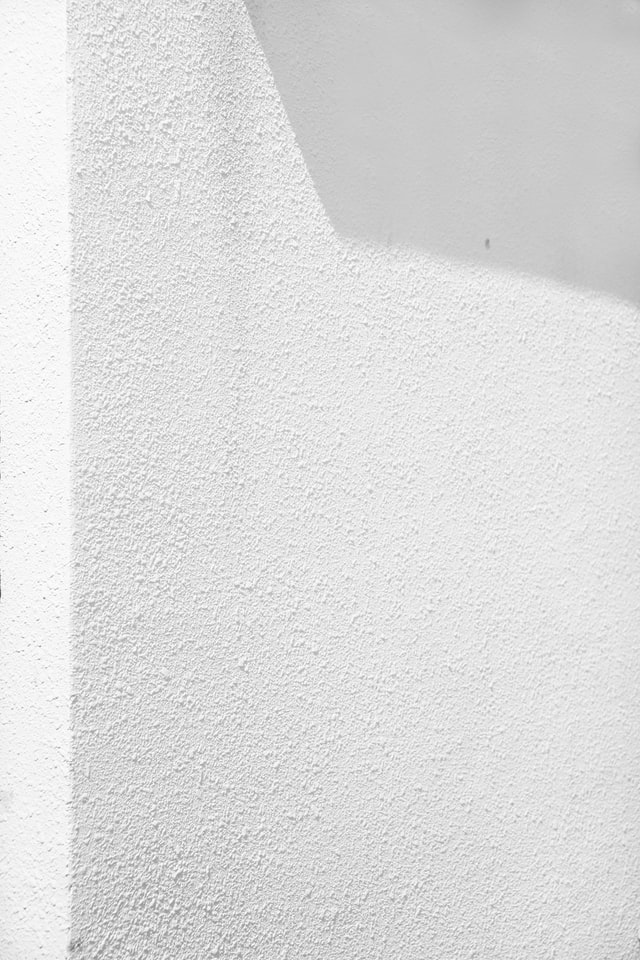
Drywall is an essential component in any building. No matter what type of space a project calls for – new home construction or a remodel of a room in an existing structure – some form of drywall installed on the interior surfaces is necessary.
Drywall comes in a variety of types and grades, but one thing is certain – its purpose is to protect the interior surfaces of the building envelope from time and wear. It also serves to provide an additional level of sound proofing.
how to fix a bad drywall job that has been painted
However, improperly installed drywall will not fulfill any of these basic requirements. There are several signs to look for in order to determine if the drywall in a building is done properly. These include: Gaps between panels; bulges; buckling; and dimpling.
If you find gaps between panels, it is likely that the drywall was not fastened well enough when installed. This can be solved by removing the poorly installed drywall and replacing it with better quality material. Bulges in drywall appear mainly in ceilings. This is usually caused by poor control of moisture in the drywall during installation or improper finishing techniques. It can also be caused by an incorrect drywall compound being used that is too thick for the conditions. The solution to bulging drywall is to remove it and replace it with new, properly installed material.
Sagging drywall
Usually caused by the use of too much compound, or watery compound that is not properly dried before it has been sanded. Sagging also occurs when drywall tape doesn’t adhere to the surface well enough, causing sags in the finished coating. Removing sagging drywall and replacing it with new panels will solve this problem.
Drywall that is not level with the floor
Flooring material will also need to be replaced. The use of drywall compound as a leveling material is common, but another method for achieving the proper height must be found before the finishing coat can go on top of it.
Drywall that has dimpled or puckered surfaces is usually caused by excessive moisture in the air during installation or drying. This can also be caused by poor installation techniques. Cheap grades of drywall will also ‘pucker’ more easily than better quality panels. A professional must install the replacement panels in order to ensure that the surface is properly leveled and smooth.
Dents and cracks in the drywall
Dents and cracks in drywall are often caused by too much weight resting on the walls. Issues with plumbing or electrical connections can also cause them, as well as issues with roof framing. These problems must be addressed before the drywall is installed again in order for them to be successfully resolved.
Always choose a qualified contractor when attempting to resolve problems with a building’s drywall installation. This is the only way to ensure that the job will be done correctly and in accordance to local building codes.
Cracks in the paint on adjacent walls
If you see cracks between walls and on the ceilings of adjoining rooms, it is possible that they were installed too close together. While some small cracks are allowable, there should not be any larger than 1/8 of an inch. Cracks greater than this can indicate a structural problem with the drywall’s installation. Applying a coat of drywall compound before a next coat of paint is applied will not resolve this situation.
Conclusion
Drywall installation is a task for professionals. There are many signs of proper drywall installation, as well as many signs that indicate improperly installed drywall. Before the material can be reinstalled, any of these problems must first be corrected by a professional. If you see drywall with bulges, gaps between panels, sagging joints, dimples and other problems, you need to contact a professional contractor in your area.












